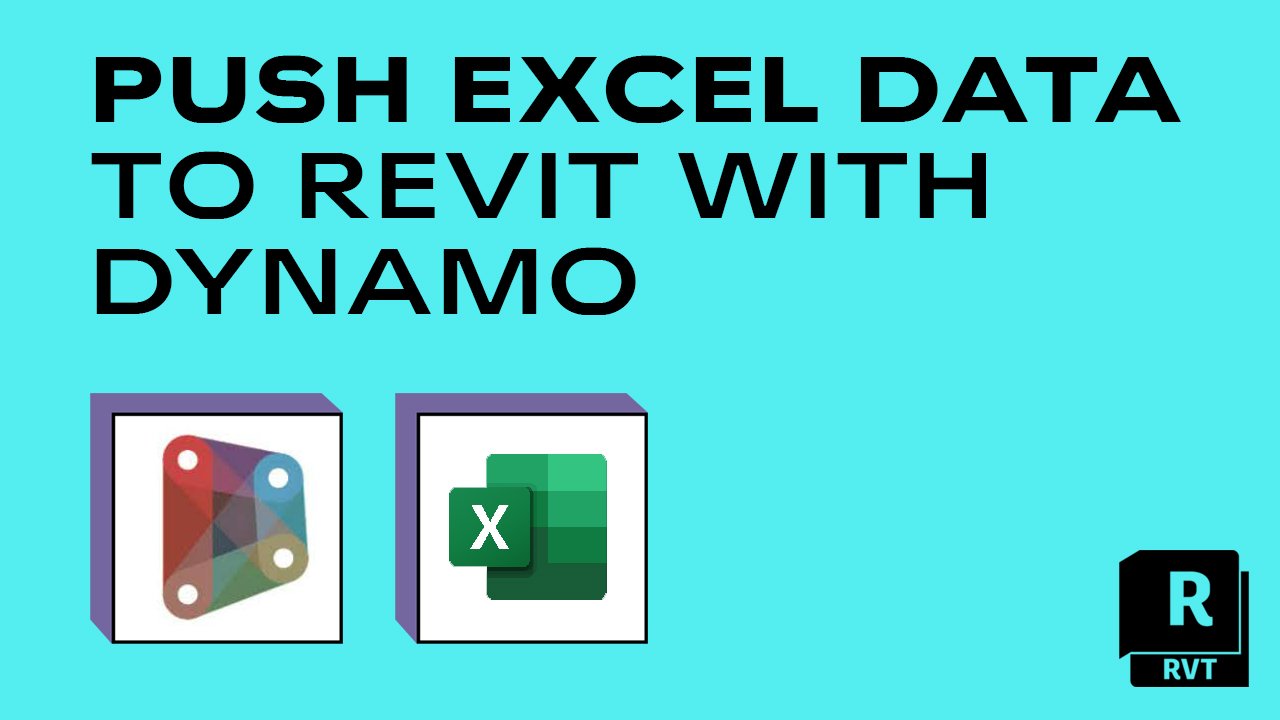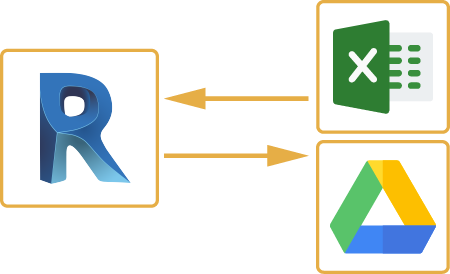Revit Tools for each Job: Your Ultimate Style Companion
Wiki Article
Damaging Barriers: Excel Importation Techniques for Advanced Revit Users
Explore numerous data importation methods and master Excel combination to enhance your Revit modeling capacities. With our pointers and techniques, you can get rid of importation challenges and come to be a true specialist in using Excel for your Revit projects.Advanced Revit Users: Leveraging Excel for Importation
You can easily take advantage of Excel for importation as an advanced Revit customer. Excel is a powerful device that can considerably improve your workflow and effectiveness in Revit. With its ability to take care of huge quantities of data and execute complicated computations, Excel can be an useful possession in handling and arranging your task info.One way to utilize Excel for importation is by making use of the "Link Excel" function in Revit. This feature enables you to connect an Excel spread sheet directly right into your Revit task, allowing you to update and synchronize information in between both programs. This can be particularly helpful when dealing with timetables or tracking modifications in your job.
One more method to utilize Excel is by utilizing the "Import/Export" function in Revit. This attribute permits you to import and export information between Revit and Excel, offering you the adaptability to deal with data in both programs. You can import information from Excel right into Revit to produce components such as doors, areas, or walls, and you can likewise export data from Revit to Excel for additional analysis or reporting.

Exploring Data Importation Techniques in Revit Utilizing Excel
Checking out exactly how to import information from Excel right into Revit uses reliable approaches for incorporating info. When you import data from Excel, you can effortlessly move data such as space routines, material checklists, and tools information right into your Revit job. This process enables you to save effort and time by avoiding manual data entrance.To import data from Excel into Revit, you can make use of the "Import/Export" attribute. This attribute allows you to map the Excel data fields to the equivalent Revit criteria, making sure that the info is properly assigned within the model. By picking the proper import choices, you can regulate just how the data is imported and how it interacts with your project.
An additional technique for importing data from Excel right into Revit is by utilizing Dynamo. With Eager beaver, you can create personalized scripts that import information from Excel and manipulate it within your Revit task.
Mastering Excel Integration for Advanced Revit Modeling
Understanding Excel integration for sophisticated Revit modeling involves using efficient techniques to seamlessly transfer information and automate tasks within your task. By utilizing the power of Excel, you can enhance your Revit modeling process and save useful time. One key method is importing information from Excel spread sheets directly into your Revit version. This allows you to occupy parameters, such as space names or product quantities, easily. With a few basic actions, you can map the Excel columns to the corresponding Revit specifications and import the information accurately.An additional useful method is exporting data from Revit to Excel. This enables you to draw out details from your version, such as timetables or material quantities, and evaluate it in Excel utilizing solutions, graphes, or various other effective devices. By leveraging More Info the capabilities of Excel, you can carry out complicated estimations, develop custom reports, and gain important insights into your project.
In addition to information transfer, Excel assimilation can automate recurring jobs in Revit. By producing macros or manuscripts in Excel, you can automate processes like producing views, producing sheets, or applying typical family members - import excel into revit. This not only conserves time yet additionally makes sure uniformity throughout your job
To master Excel integration in Revit, it is essential to understand the information framework and exactly how Revit engages with Excel. By familiarizing on your own with the offered tools and techniques, you can open the full capacity of Excel integration and take your Revit modeling to the following degree.
Overcoming Importation Challenges: Excel Techniques for Revit Specialists
When overcoming importation challenges, it is necessary to be knowledgeable about efficient Excel techniques that can benefit experts in Revit. As an advanced Revit customer, you comprehend the importance of flawlessly importing data from Excel right into your jobs. You might experience different obstacles along the method. By utilizing effective Excel techniques, you can get over these challenges and boost your productivity.
One more useful strategy is making use of the "Transpose" function in Excel. This enables you to transform data from rows to columns or the other way around. When importing information into Revit, this can be especially useful when you have information in an upright format in Excel, however you require it to be in a horizontal format in Revit.
Moreover, making use of Excel formulas such as VLOOKUP and INDEX-MATCH can considerably assist in mapping data from Excel to Revit. These formulas permit you to search for particular worths in Click This Link Excel and fetch corresponding data from an additional column. This can conserve you time and initiative when importing large datasets into Revit.
Excel Information Importation Tips and Techniques for Advanced Revit Users
By familiarizing yourself with reliable Excel ideas and techniques, you can enhance your data importation process as an innovative individual of Revit. Excel is an effective tool that can considerably facilitate the importation of information into Revit, saving you time and boosting your productivity. One helpful tip is to utilize the "Text to Columns" feature in Excel to separate information into different columns based upon a delimiter. This can be especially useful when you have information in a single column that requires to be divided into several columns in Revit. Furthermore, utilizing Excel's "Paste Unique" feature enables you to paste information from Excel right into Revit while maintaining formatting, such as cell shade or font design. When importing information that calls for specific formatting in Revit, this can be especially beneficial. An additional helpful trick is to utilize Excel's "Discover and Replace" function to swiftly make adjustments to your information prior to importing it right into Revit. For instance, you can conveniently change certain text or characters with others, saving you the time and effort of manually editing the data in Revit. By making use of these Excel methods and pointers, you can streamline your data importation process and become also Get More Info extra competent being used Revit.
Verdict
You have now found out useful techniques for importing information from Excel into Revit as an advanced customer. By leveraging the power of Excel combination, you can streamline your modeling procedure and overcome any type of importation challenges that might develop. With these tips and methods, you will certainly be able to grasp data importation and improve your Revit skills. Go ahead, damage those barriers and stand out in your Revit tasks!
When importing information into Revit, this can be especially helpful when you have information in an upright format in Excel, however you require it to be in a straight layout in Revit.
Additionally, making use of Excel formulas such as VLOOKUP and INDEX-MATCH can considerably aid in mapping data from Excel to Revit. Additionally, utilizing Excel's "Paste Unique" feature allows you to paste information from Excel into Revit while preserving format, such as cell shade or font design.
Report this wiki page